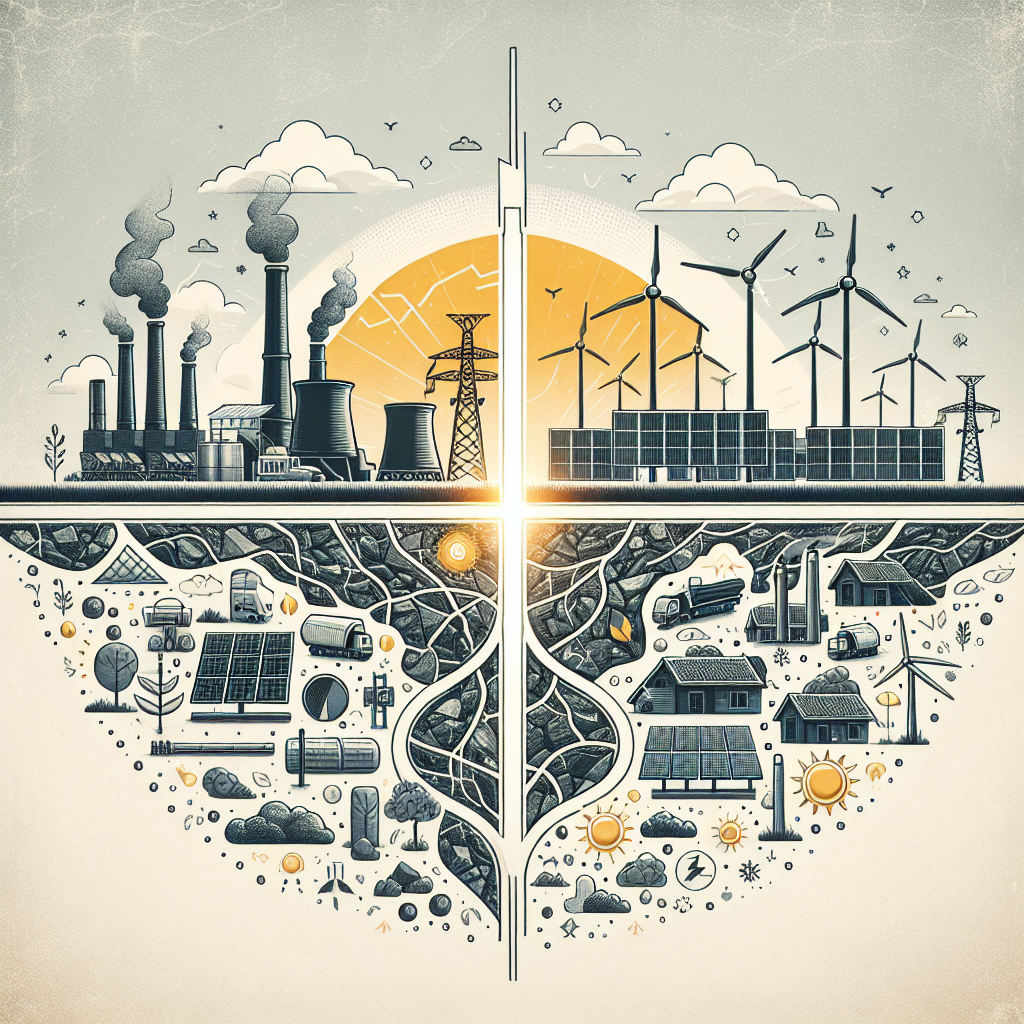Like a slowly moving pendulum, the world seems to be shifting from its old ways towards a new future marked by innovation, sustainability, and energy independence. This shift isn’t solely seen within the predictable realms; it’s stirring undercurrents even in unlikely sectors such as fashion—an industry both celebrated for its creativity yet often criticized for environmental laxity.
Fashion Trend
The dialogue around ‘energy-independent’ clothing has just begun to echo through runways and design studios worldwide. Such pieces are not only created using renewable resources—like organic cotton or recycled polyester—but their production processes also rely on clean energy sources such as solar or wind power.
Designer Vision
Leading this charge are visionaries like Stella McCartney whose commitment to earth-friendly processes has brought a whole new definition to luxury fashion. ‘Fashion doesn’t exist in isolation,’ says McCartney. ‘It’s part of our larger ecosystem, so sustainability must permeate every aspect—right from design inspiration to final garment.’

Manufacturing Process
A key component within this eco-conscious revolution lies in transforming traditional manufacturing practices. Increasingly factories globally are embracing renewable energy solutions over fossil fuels—not only as an ethical decision but also finding economic sense therein.
Market Response
The market’s response to these novel efforts reflects a growing consumer consciousness regarding sustainable living choices. High demand for ethically-produced attire signals that being fashionable no longer equates with being wasteful—a sentiment mirrored in increasing sales figures for environmentally friendly brands.
Cultural Influence
This trend also echoes a larger cultural shift towards responsibility and accountability. Celebrities sporting ‘green’ couture on red carpets, influencers lauding sustainable labels—it’s affirming fashion’s influence in advocating for this crucial change.
Sustainability Focus
However, amidst the cheers, it’s important to maintain a laser-focus on sustainability. It’s no longer about merely adopting renewables or recycled materials; it’s about creating an independent ecosystem within the industry—an audacious yet critical goal moving forward.
The role of consumer choice is paramount here. Mindful shopping—buying less, choosing well—could drastically decrease fashion’s environmental footprint while supporting companies truly committed to energy independence.
Naturally, transitioning from old practices comes with hurdles. Infrastructural challenges and high investment costs are barriers that must be addressed by policymakers and stakeholders alike to ensure progress doesn’t stagnate.
Moving ahead, there’s hope that emerging technologies such as AI-directed manufacturing could further reduce energy consumption while developments like blockchain promise traceability—to track every step from cotton farm to hanger effectively.
Cultural ImpactIn the end, however—with global warming looming ominously—the prospect of an energy-independent fashion sphere could serve as a beacon of change not just within its purview but inspiring other sectors too.We continue monitoring this evolving landscape closely, chronicling triumphs over conventional norms that mark these small steps towards our collective big leap into an equally fashionable and conscious future.”

